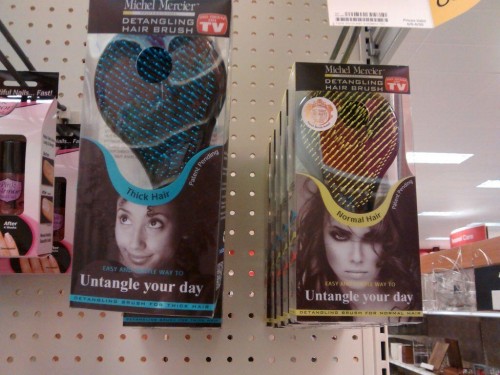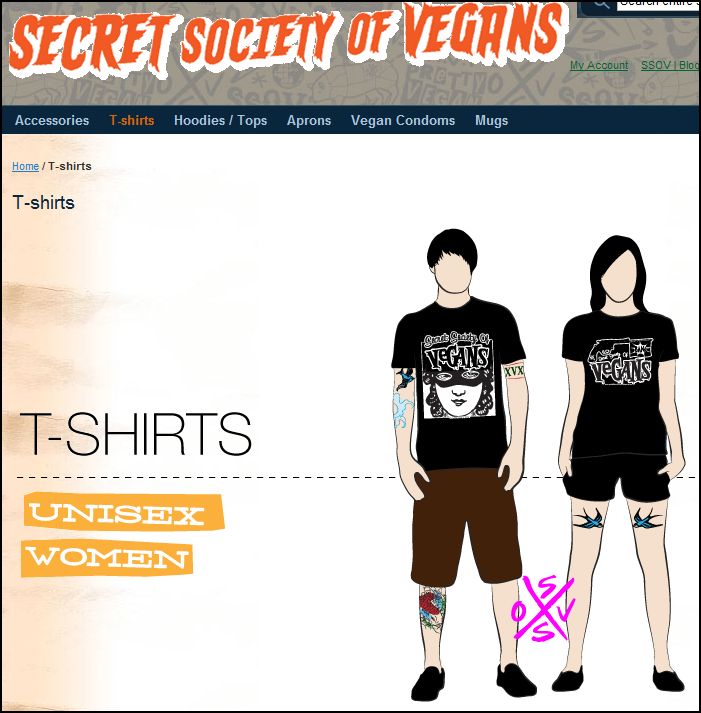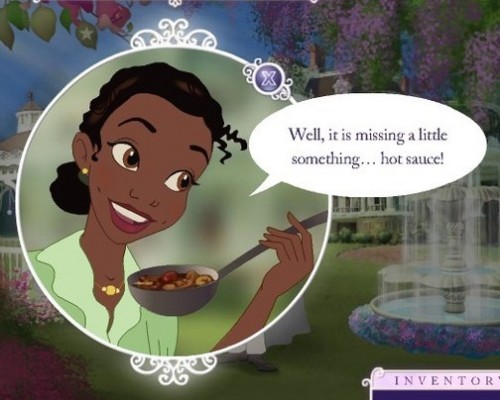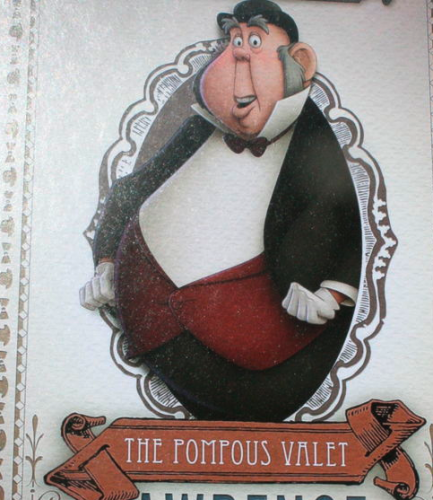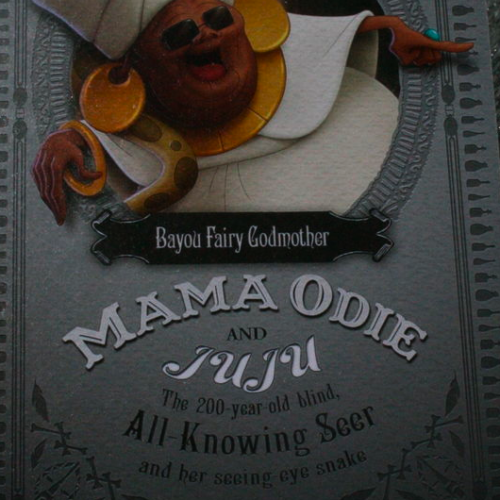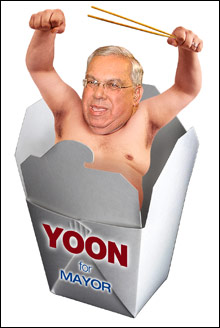Rudo M. sent us a great example of how “normal” is socially constructed. The photos below are of the box containing a Vidal Sassoon hair dryer for “normal” hair:

It’s also, “good” hair, as is said, in so many words, the blurb on the box said so:
Not too fine or coarse, normal hair is the most manageable hair type with the largest range of possible styles. Though it’s fun to experiment, even the easiest-to-care-for hair requires a regimen of regular maintenance. Proper styling tools with varying heats are crucial for keeping a healthy-looking shine, maintaining balance, and adding…
Yeah, so just in case it wasn’t clear already, “normal” hair is the bestest! It’s “not too fine or too coarse,” has the “largest range of possible styles,” is “fun,” and is totally the “easiest-to-care-for”!
Rudo is an African woman who wears her hair natural, so she knew right away that Vidal Sassoon didn’t count her hair as “normal.” So, what were the other options? If you’re not normal, what are you? Well, according to Vidal Sassoon, you are, of course, “fine” or “coarse.”
But a lot of good this does Rudo, since even the models on the “coarse” box are white with essentially straight hair! So much for a range of hair types! Well, at least we know that even white women with straight hair can be abnormal!
And, just in case you didn’t know already that being abnormal means being WRONG, coarse hair is “hard-to-style,” fine hair is limp, and both tend to “frizz.” What a difference from Vidal Sassoon practically falling over itself praising normal hair.
Here’s another example, sent in by @adentweets. There’s “normal” and there’s “thick” hair.
Cara McC. sent us a Covergirl commercial selling foundation for “normal,” “oily,” and “sensitive” skin. Again, they include a range of skin types (and probably include women who represent three different races) in order to point to the diversity of skin types, but nonetheless label one “normal” (the one represented by the white woman).
For more examples of whiteness as normal and people of color as deviant (or, if we measure by Vidal Sassoon, non-existent), see our posts on Michelle Obama’s “flesh-colored” gown, Johnson’s lotion for “normal to darker skin,” bandaids and other “flesh-colored” things, why Sotomayor may be “biased,” families vs. ethnic families, and people of color add “spice.”
Lisa Wade, PhD is an Associate Professor at Tulane University. She is the author of American Hookup, a book about college sexual culture; a textbook about gender; and a forthcoming introductory text: Terrible Magnificent Sociology. You can follow her on Twitter and Instagram.

